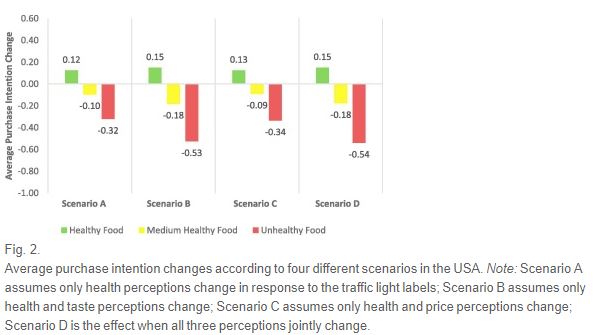A few years ago when the federal dietary guidelines were being discussed, there seemed to be a growing consensus that nutritional goals and sustainable goals could be jointly achieved with a single diet. I pushed back some on that at the time (e.g., see here or here).
I ran across this paper by Zach Conrad and colleagues that was just published in PLoS ONE. The paper shows that there is unlikely to be a silver bullet diet free of trade-offs when multiple dimensions of comparison are involved. Here's from the abstract:
“Higher quality diets were associated with greater amounts of food waste and greater amounts of wasted irrigation water and pesticides, but less cropland waste. This is largely due to fruits and vegetables, which are health-promoting and require small amounts of cropland, but require substantial amounts of agricultural inputs. These results suggest that simultaneous efforts to improve diet quality and reduce food waste are necessary.”




